Food and beverage trends are coming and going faster than ever.
Staying on the pulse is hard, staying ahead of the curve even more so.
But both are equally necessary in this constantly changing market.
That’s why we’re taking a look back at a few of the trends that have shaped 2025 so far and what we may see to round out this year and carry us into 2026.
One Scroll, One Vote – Democratizing Development
Before diving into any of the trends, the elephant in the room needs to be addressed.
The days of trends being decided in a boardroom are all but gone. Today, and even more so tomorrow, the success, failure, and longevity of trends are determined by the likes and reshares of millions of scrolling thumbs worldwide.

Essentially, we’ve gotten to the point of asking the question, “If you don’t post it, does it even exist?”
“Social media really can make or break your product’s success,” Silvia Schnicker, Director of Marketing at Edlong.
“A celebrity or influencer can share a recipe or a review and make it the next big thing, but a bad or even lukewarm review could sink a product before it even really launches.”
This probably isn’t breaking news to anyone at this point, but what might be is the waves that are being made beyond the influencers with large followings.
“What’s different now is the scale and speed,” says Yutian Xu, Digital Marketing Analyst at Edlong.
“Small creators are sparking massive food movements. We’re also now seeing TikTok’ algorithms pushing hyper-niche food hacks and Instagram’s ‘shop now’ links turning posts into instant commerce. This is bringing a level of direct power and influence to consumers that we’ve really never seen before.”
Fortunately, this democratization of development and increased immediacy also present an unrivaled opportunity for innovation says Schnicker.
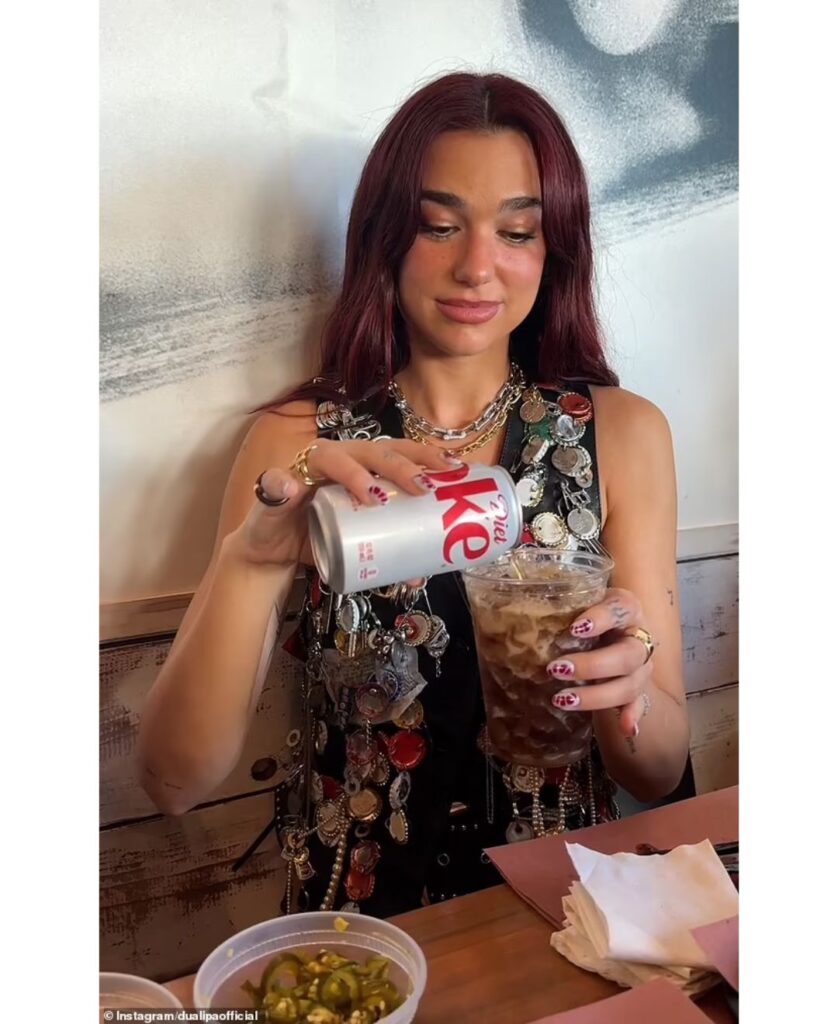
“Consumers are just coming out and telling you what they like, what they want, and what they don’t. We also get to see creative combinations and innovative ideas that we in the industry would never think of. I mean, who would’ve thought there were so many ways to use pickles? That might sound like a joke, but many developers and retailers have taken these ideas and run with them for significant success.”
This view of social media as an avenue of direct communication to consumers is largely responsible for the success of our first trend.
Tasty Toppers
“One thing that has exploded in popularity are beverage toppers like cold foams, cloud foams, and whips,” says Schnicker.
“But, it’s not just about adding extra creamy and decadent textures. These foams are being infused with a constantly growing spectrum of sweet and indulgent flavors from classics like vanilla and salted caramel to more interesting things like cotton candy or lavender.”
According to Xu this trend, like many others, is gaining much of its steam from TikTok and other social media.
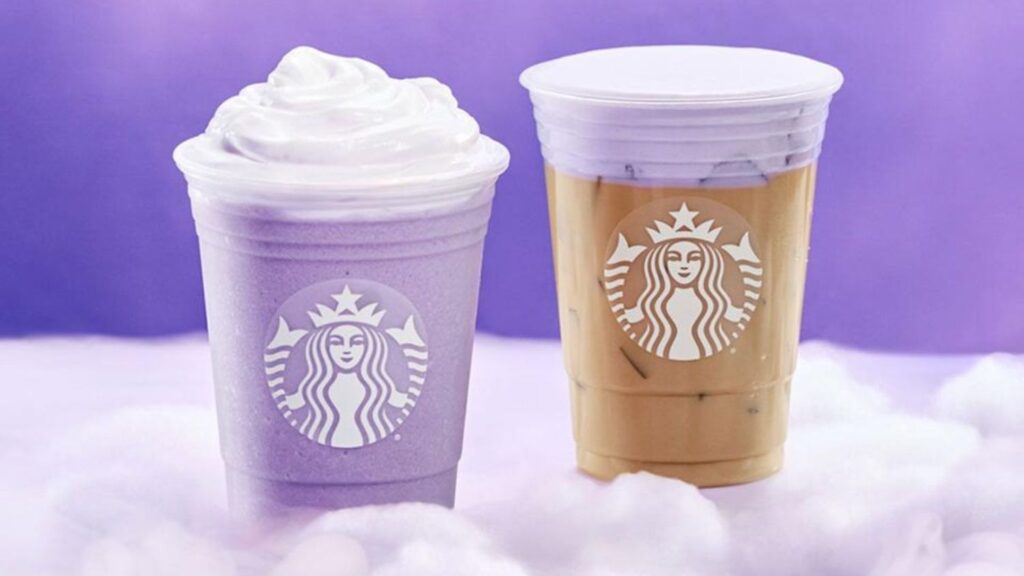
“Gen Z’s love for customization, discovering and posting secret menu items, and sharing super ‘aesthetic’ beverages is the major driving force behind the cold foam trend.”
Yet, what started as cool cream customizations at mega coffee chains is even now spreading well beyond coffee, and even fast-food franchises are bringing it to frozen drinks as well as the soda fountain.
“We’re also seeing more retailers and players in the whipped cream and coffee creamer sectors bring cold foam from the coffee shop to the supermarket shelves. These launches with flavors like sweet cream are helping people enjoy the barista-level taste and appearance from the comfort of their own kitchen,” adds Xu
She also believes that popular Asian recipes might start breaking into Western markets.
“Everyone remembers the Dalgona coffee from a few years ago, but I think with the popularity of people traveling in Asia and sharing the glimpses at the coffee and tea culture, we may start seeing some of those unique beverages showing up on menus in other countries.”
One example in particular is that of “Cheese Tea“. No, it’s not a tea made of cheddar, but rather a cream cheese foam topping for bubble tea and other beverages that has been quite popular in China for several years.
Similar “Cheese foams” have trended in places like Korea, and are slowly showing up on local coffee shop menus across America.
While retailers continue to explore new indulgent flavors to incorporate, they aren’t leaving health-focused consumers by the wayside.
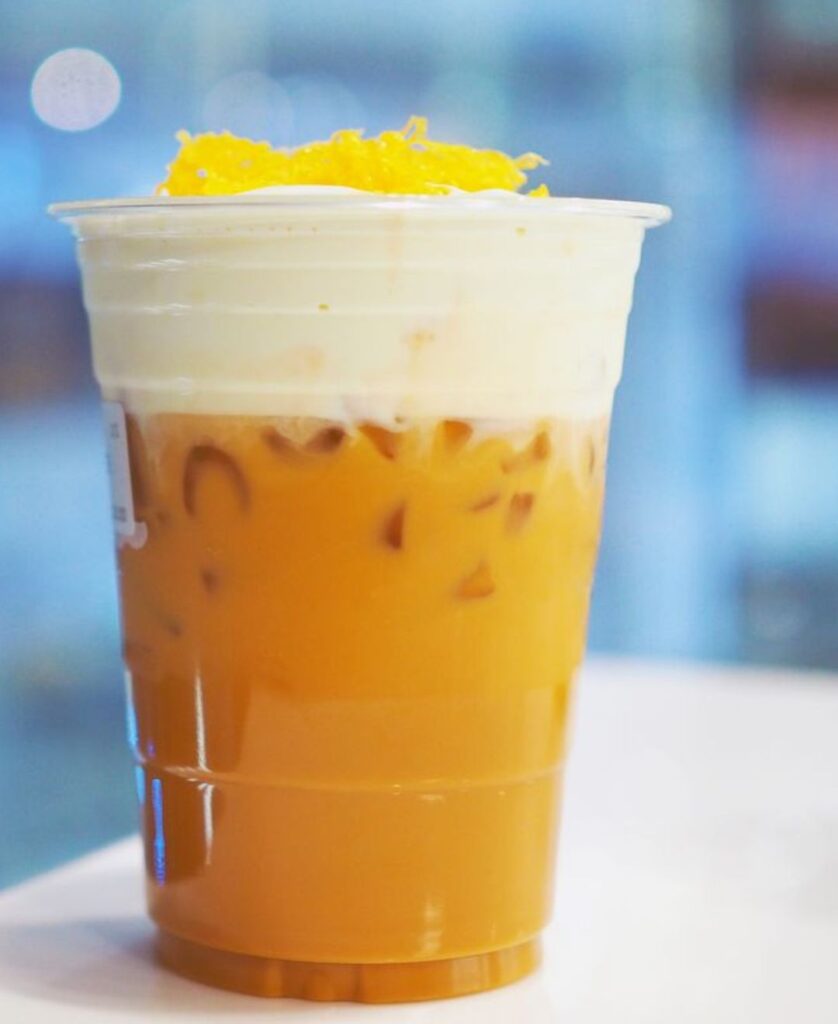
Some are already looking for ways to reduce sugar and even incorporate protein into their products, which may signal a shift toward functional, wellness-driven toppers.
Additionally, Schnicker says we should not forget about the plant-based potential of these new foamy favorites.
“At this year’s IFT First, we had a plant-based Creeme Brulee cloud foam cold brew demo, which was far and away our biggest hit of the show. It might be a small sample size, but I think this points to a real opportunity for dairy-free and plant-based developers to take advantage of this trend that doesn’t seem to be going anywhere anytime soon.”
Speaking of not going anywhere.
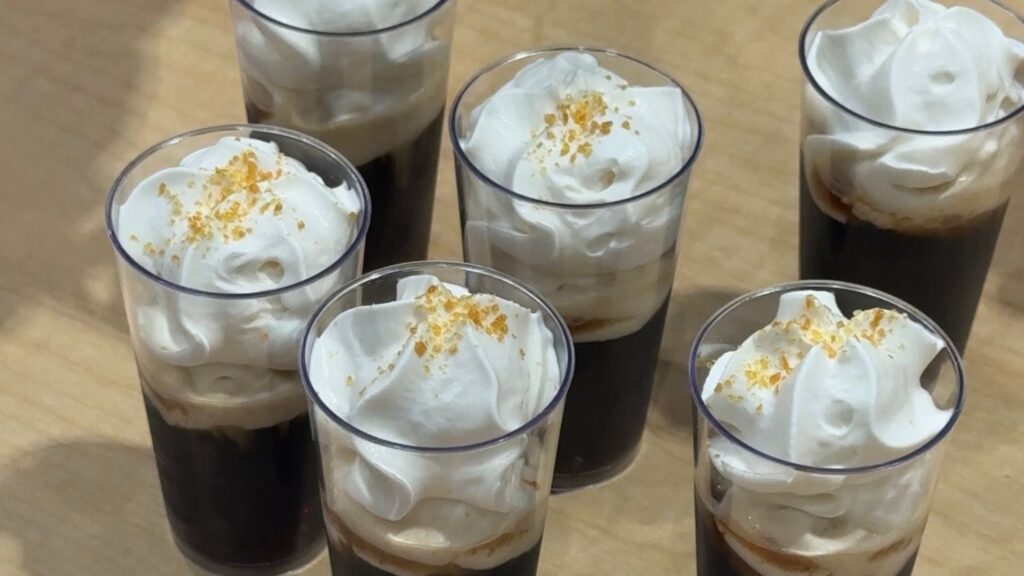
Here to Stay – Newstalgia & Global Flavors
For the past couple of years “newstalgia” and global flavors have dominated industry trend reports.
However, at this point, it’s probably safe to say that these are no longer trends, but rather, permanent fixtures within the food and beverage market.
But why?
“In my opinion the reason why these trends have lasted so long, and clearly seem to be here to stay, is for one simple reason: they aren’t stagnant, they are dynamic,” stresses Schnicker.
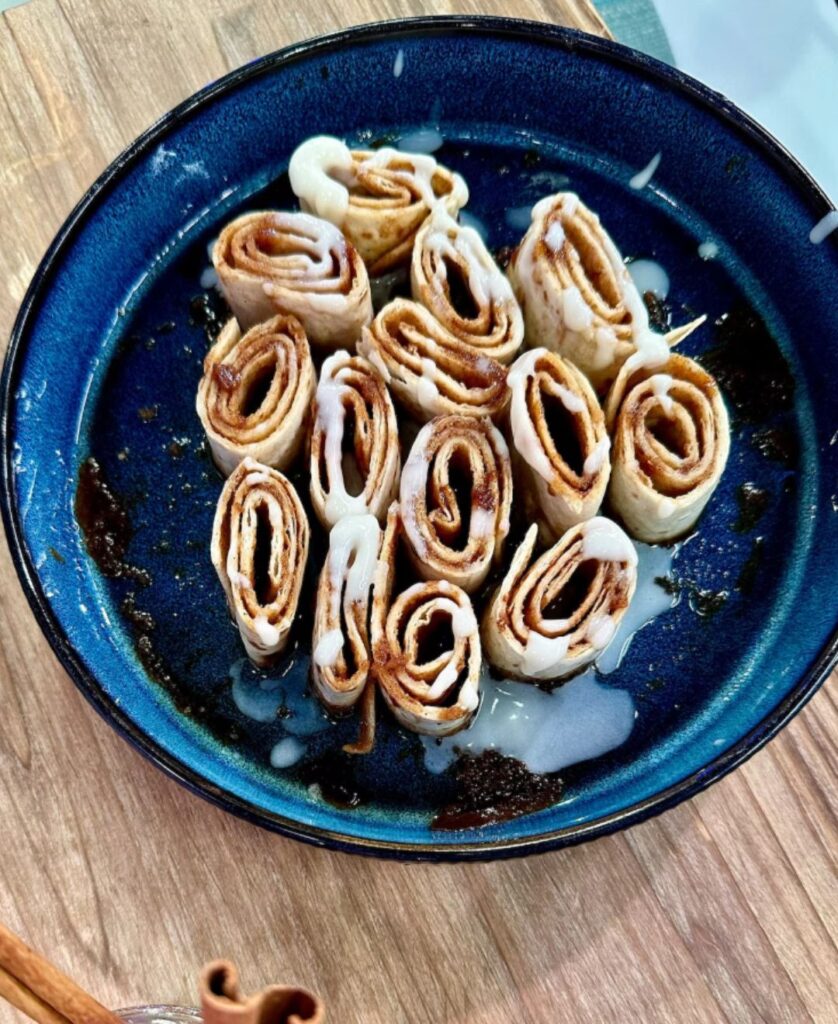
She explains how there are just so many ways to reimagine childhood favorites or come up with creative cross-category collaborations.
Schnicker adds that, regarding the spread of international flavors, this recent surge is just the latest version of what’s been happening for centuries.
“If we go back hundreds of years, we see the flow of foods, flavors, and spices from one part of the world to another as the backbone of trade and commerce. Now it’s just happening at the speed of a thumb scroll instead of ships and the Silk Road.”
When it comes to this spread of global cuisine, Xu sees the possibilities for innovation to be nearly limitless.
“We’ve seen social media turn into a new innovation hub for international flavors. For example, something like chili oil will go viral, but it quickly becomes something else. Once people discover how delicious an ingredient is, everyone starts looking for new ways to use it. So you start seeing things like chili-oil eggs or adding it to cheese dip start trending. We’ve also seen this with Korean flavors like kimchi or gochujang and Mexican flavors like Tajin and Chamoy.”
Xu continues, “I think people love to explore new flavors like “cocada“, which went viral and sold quickly on TikTok. Whether it’s at a restaurant or from the grocery store, these global flavors allow people to do that and open themselves to unique cuisines they’d maybe never experience otherwise.”
She also feels that this is an incredible opportunity to add interesting twists on concurrent trends like the ongoing “Swicy” craze, and the increase in “Swavory” products.
Moreover, this can be an incredible way to elevate familiar and classic flavors.
Classic Twists
A chocolate chip cookie is an indisputable classic, but a brown butter chocolate chip cookie is a decadent dessert.
Caramel is a chewy, gooey favorite, but salted caramel, on the other hand, is a sophisticated taste experience.
Both of these examples, brown butter (our #1 flavor in our Top 10 Dairy Flavors for 2025) and salted caramel, are illustrations of how elevating familiar foods and beverages with something just a little different can have a significant impact on consumers.
This is where international takes on classic flavors can also add intrigue, novelty, and excitement.
“A flavor profile that has a lot of potential to fit into this category going forward is Cajeta.” says Xu.
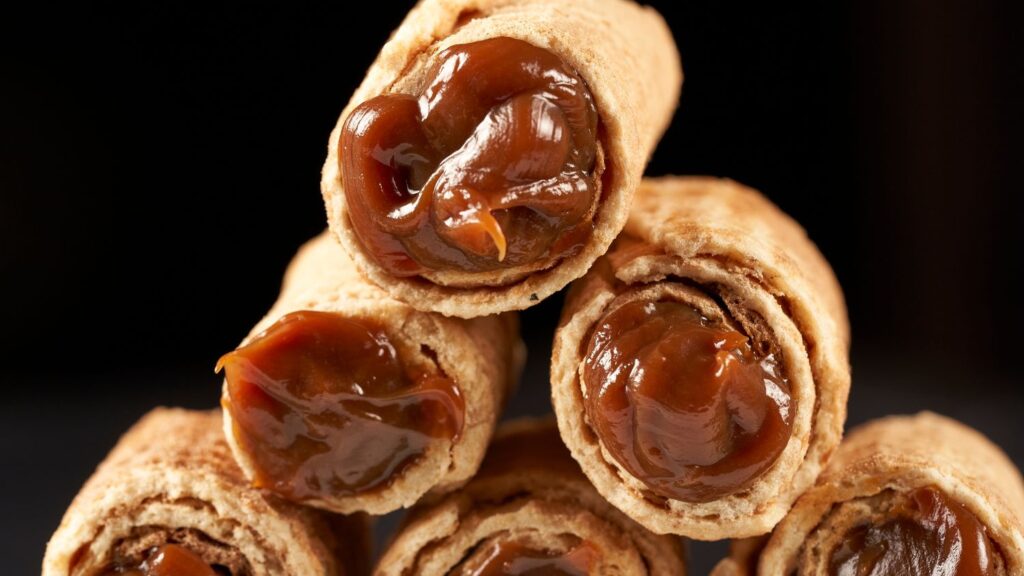
Cajeta, while often seen as interchangeable with Dulce de Leche, has its own distinct qualities.
For one, it is usually made with goat’s milk compared to the cow’s milk used in Dulce de Leche.
This gives Cajeta a tangier, brighter flavor, with a subtle savoriness, whereas Dulce de Leche is often sweeter with a creamy toffee-like quality.
Lastly, while both are caramels hailing from Latin America, Cajeta is distinctly Mexican and a staple with desserts like churros and flan.
According to Xu, “Much like Dulce de Leche has been doing for a few years now, Cajeta can be a way to elevate regular caramel into a more unique and indulgent taste experience.”
Vanilla and chocolate aren’t left out of the fun either, where we may continue to see incorporations of flavors like chai and chilis to bring some spice, or bourbon, stout, and Irish cream to add rich brown notes with some maturity.
Finding the Next Matcha
Matcha is a profile that, in theory, should never have worked in Western markets.
It can be bitter, earthy, and grassy, in other words, not exactly what people are looking for from a sweet treat.
Still, in 2024, the North American matcha market was valued at USD 2.24 billion and is projected to reach USD 3.34 billion by 2033.
From lattes to ice cream, confectionery to cold foam, matcha has officially left trend status and firmly planted itself in on menus and retail shelves.
This leaves us with the question: What’s the next matcha?
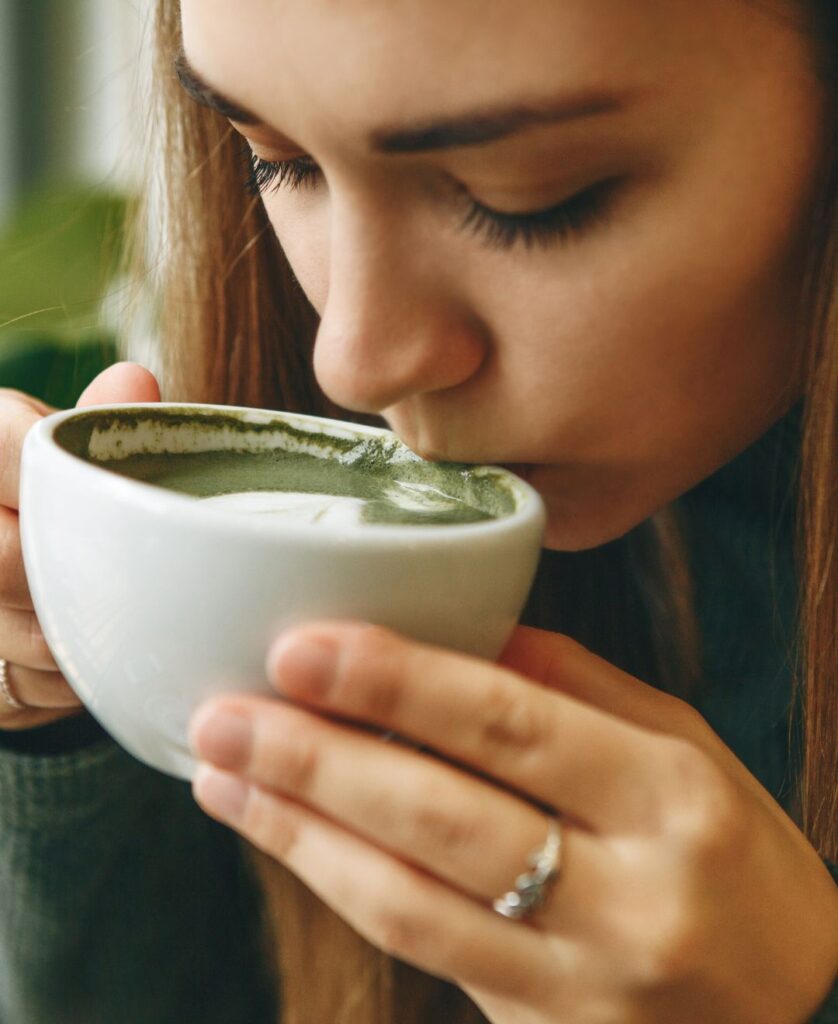
“If anything, the overwhelming success of matcha has shown that people are willing to embrace more botanical flavor profiles. Especially with the rise of functional and better-for-you foods, I think now is the time for developers to explore what might resonate with consumers,” states Schnicker.
Xu echoes this statement, believing this is also an opportunity for retailers and developers to capitalize on the popularity of milk tea and boba and introduce shoppers to a broader range of Asian teas, such as osmanthus, magnolia, jasmine, oolong, camellia, red robe.
“Many of these teas might have had too strong a floral or botanical profile in the past to gain mainstream success out of their traditional markets, but there may be no better time to try than now.”
Yet, out of all of these, there may already be a leader in the clubhouse for the next big tea sensation.
Hojicha
Like matcha, hojicha is also a Japanese green tea. However, instead of steaming, the leaves are roasted in porcelain pots over charcoal. This gives hojicha its light golden hue along with toasted, nutty, and subtle notes of caramel.
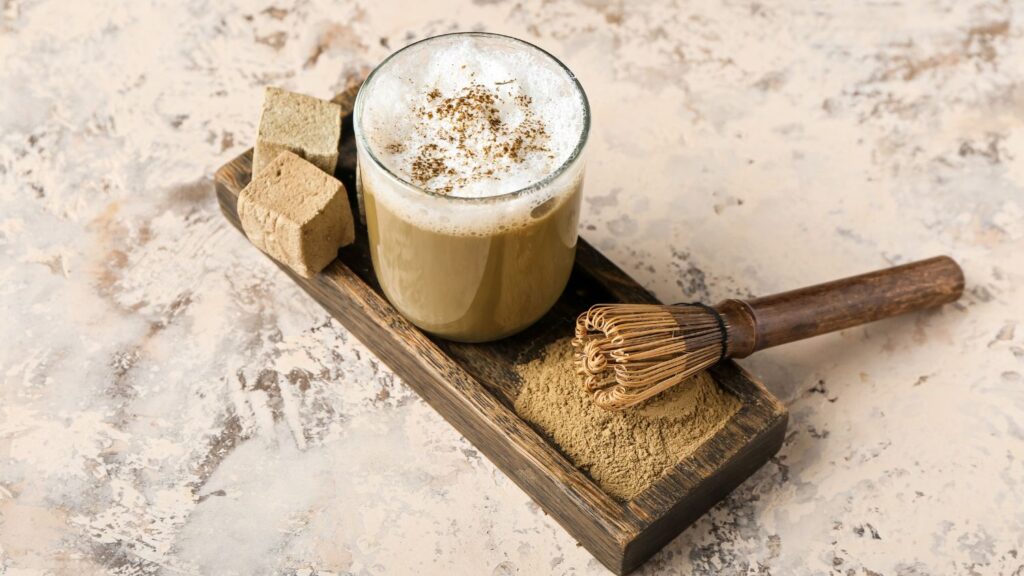
Excellent hot or cold, it is also a rich source of antioxidants, but it’s important to note that it also has lower caffeine content, making it perfect for late afternoon tea or those looking to cut back on caffeine.
In fact, some of the newest data from Tastewise show that social discussions featuring “hojicha” have grown by 47.57% over the past year. This also showcases the tea’s versatility with it appearing in lattes, ice cream, cheesecake, and more.
“Hojicha, might still be relatively unknown, but it’s already starting to gain some traction on social media and is already showing up on the menus at local specialty coffee shops around the country,” says Xu.
What trends do you think are defining 2025? Continue the conversation with us here.
Make sure to check back in November when we release our Top 10 Dairy Flavors for 2026!
Hungry for more? Check out our Top 10 Dairy Flavors for 2025 here.
Topics: Better For YouBeveragesCharacterizing FlavorsDairy flavorsValue-Driven
Resource Type: Article
Resource Region: US